- Your cart is empty
- Continue Shopping
Temperature sensor with a unified output signal THAU-003, THKU-003, TGKU-003
92€
Temperature sensors with a unified output signal allow connecting temperature sensors to any devices with 4..20mA or RS-485 inputs.
Thermocouple with 4-20 mA output (thermoelectric temperature transducer, temperature sensor with a unified output current signal 4-20 mA) THOU-003, THKU-003, TZHKU-003 is intended for converting the temperature of the working end of the thermocouple into thermo-EMF and subsequent conversion into a unified output current signal 4-20 mA.
Thermocouples are used to measure the temperature of liquid, bulk and gaseous media that do not contain substances that interact with the material of the protective fittings and the connecting cable.
The field of application of thermocouples with a unified output signal 4-20 mA - systems for monitoring and regulating the temperature of technological processes in various fields of industry, agriculture and communal services, everyday life.
How the thermocouple works
The operating principle of the thermocouple is based on the Seebeck thermoelectric effect. The thermocouple has two soldered ends, one end is placed in the measuring environment and is called a working or hot junction, and the other end, at the point of connection to the device input, is a cold junction. Methods for manufacturing a hot junction are shown in Figure 1. When a temperature difference between the hot and cold junction occurs in the circuit, a thermo-EMF occurs, the value of which is fed to the input.
Picture 1 - Hot junction manufacturing methods
The working junction is placed in a protective armature. The thermocouple junction is available in various configurations. The junction can be grounded or ungrounded, and the two-element thermocouples can be isolated or non-isolated. Hot junction configurations are shown in Figure 2.
Figure 2 - Hot junction configurations
A grounded thermocouple junction is formed when a thermocouple junction is connected to the sensor sheath. Grounded junctions have better thermal conductivity, which in turn improves response times. However, grounding also makes thermocouple circuits more susceptible to electrical noise, which can distort the thermocouple voltage signal if the tester does not provide isolation. All high quality transmitters and I / O boards are electrically isolated as standard. The grounded junction is also more susceptible to chemical contamination over time.
Open junction thermoelectric converters have a hot junction protruding from the sealed end of the sheath, providing high response times. Sealing prevents moisture or other contaminants from entering the shell. Typically, these thermocouples are only used in non-corrosive gases such as air ducts.
Ungrounded junctions are obtained when thermocouple elements are not connected to the sheath of the primary converter, but are surrounded by insulating powder. Ungrounded junctions are somewhat slower than grounded junctions, but are less sensitive to electrical noise.
Structurally thermocouple with 4-20 mA output (Option - 003) are a temperature sensor Modifications 002 with a 4-20 mA PCB built into the terminal head.
Temperature sensors with a unified output signal:
- conversion of the resistance value into a current signal (4..20mA) proportional to the temperature value;
- measurement and transmission of the measured temperature value via the RS-485 interface (ModBus RTU protocol).
Sensor Features:
- the minimum length of the mounting part is 60mm;
- power supply from a 24V constant voltage source.
| NSX type | |
|---|---|
| Mounting part length L, mm | 1000, 120, 1250, 1500, 160, 200, 2000, 250, 320, 400, 500, 60, 630, 800 |
| Supply voltage, V | |
| Accuracy class | |
| Output type |
You must be logged in to post a review.

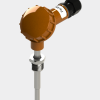
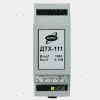
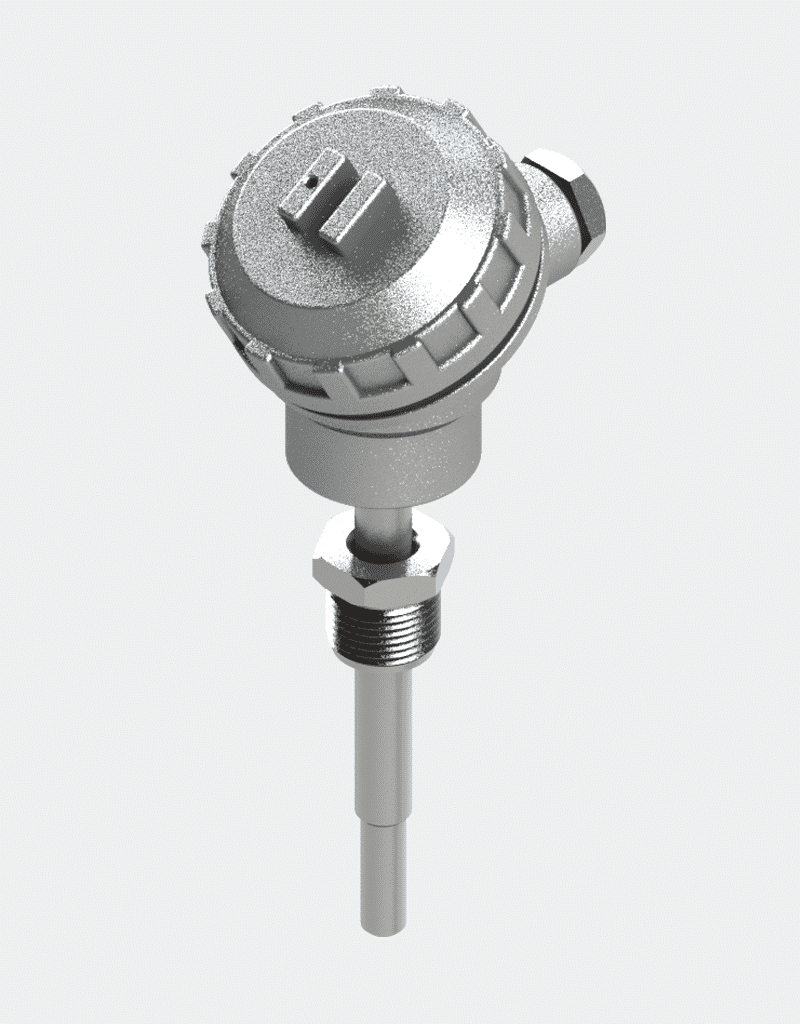
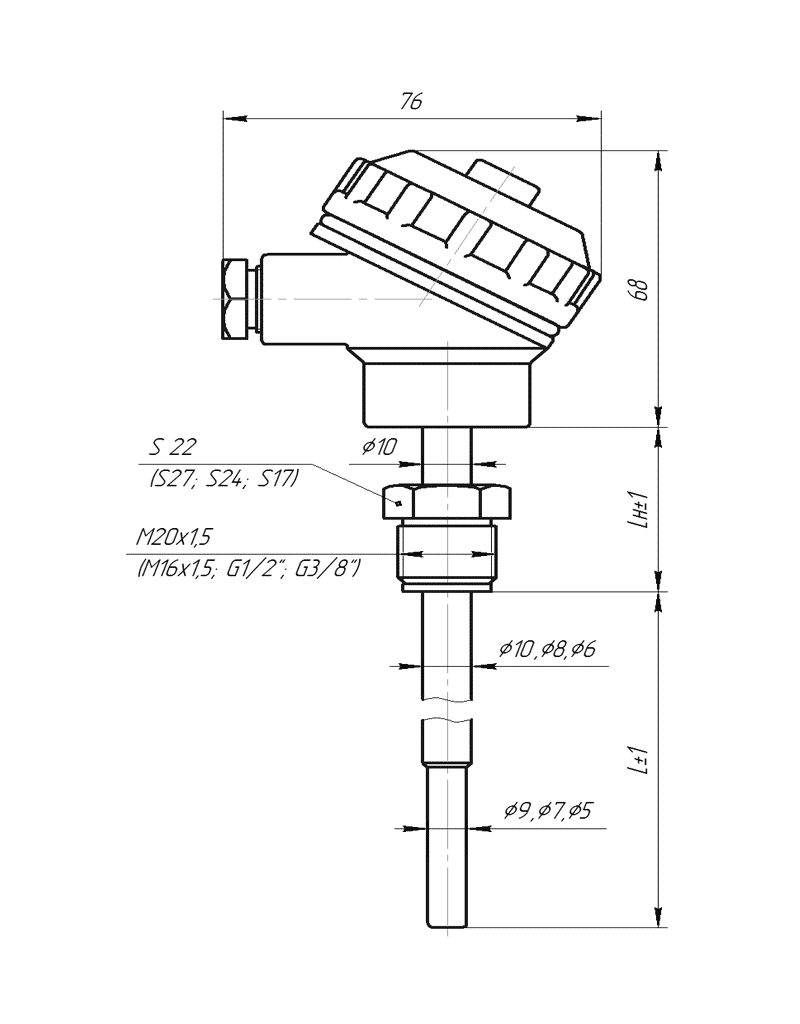
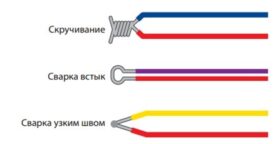
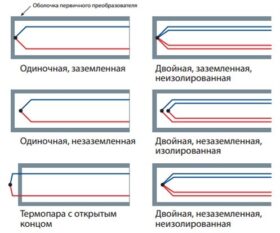
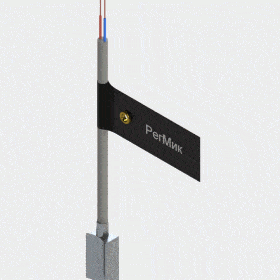
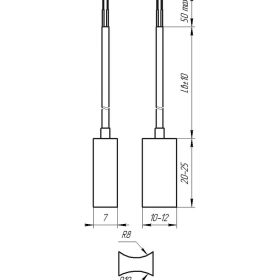
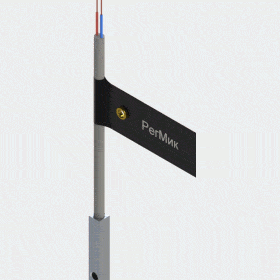
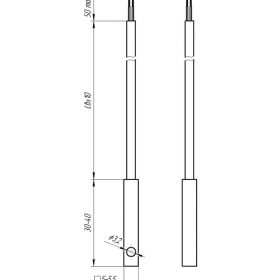
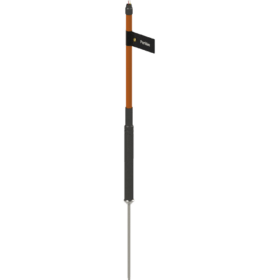
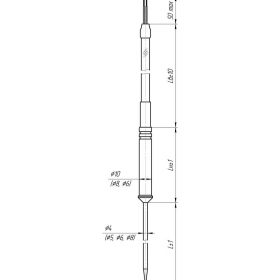
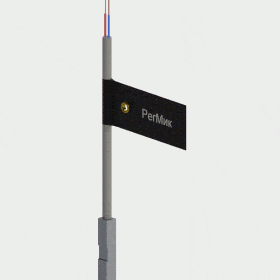
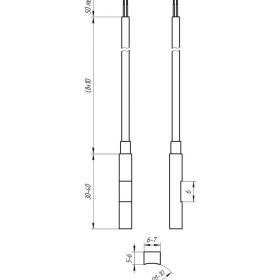
Відгуки
Відгуків немає, поки що.